Back in 2019, publishers were happy to have a fill rate of 50% for their video inventory; a level that was considered to be a very good fill rate. In time, though, publishers started understanding that a 50% fill rate meant that they were effectively leaving half their revenue on the table.
This is when publishers started looking at provisions to consume or realise remnant inventory and translate it into revenue. They started looking for alternate channels to utilise their remnant inventory, thus optimising fill rate and revenue. This led to programmatic auctioneering of inventory becoming a viable source of publisher revenue.
At this moment the Adtech ecosystem was driven by two auction methods: Header Bidding and Exchange Bidding offered by Google. Header Bidding involved inserting a snippet of code into the header of the page. This code snippet was called before the page load made a call to the Ad server. This method had the drawback of increasing page load latency. The focus, therefore, shifted to the Exchange Bidding Dynamic Allocation (EBDA).
With the issues inherent in Header Bidding, it was inevitable that publishers would move on to Google’s open bidding system, conducted on the Ad server itself, and giving all publishers an equal chance of winning each bid.
All the big publishers started pushing their remnant inventory towards Google’s exchange bidding open auction model in which Google itself competes with all the yield partners who have been onboarded by the publishers on Google’s Ad Manager platform. For a yield partner to be able to register itself or qualify for the EBDA auctioneering process, it needs to have a considerable amount of traffic on its platform.
How does Exchange Bidding Dynamic Allocation work?
For Google’s exchange bidding model to work, a publisher must onboard their yield partners on to the Google Ad Manager platform, where the open auction will be conducted. After this, the publisher performs the following steps to set up an auction:
- The publisher can either set a pricing rule of a default floor price which will be applicable to all their yield partners including AdX, or set separate floor prices for individual yield partners
- By setting a default floor price, the publisher is effectively making a statement that no matter the bid, the floor price is the minimum eCPM the publisher expects
- Google conducts an open auction between AdX and other yield partners, and the partner with the highest bid wins the auction
- The publisher can also set a benchmark floor price for certain advertisers. This is usually done when they do not want to sell inventory at a low price to specific advertisers or brands, and is typically an internal business decision
- The publisher can also block certain advertisers from buying inventory through an open auction. For example, a publisher may not want to sell this inventory to premium advertisers who already buy direct at high CPMs
- Google takes on the responsibility of paying the publisher on behalf of all yield partners
- Google Ad Manager offers publishers analytics and insights as to the ideal floor price, eventually helping them in increasing efficiency in terms of eCPM and revenue.
Exchange Bidding open auction is a great revenue option for small and medium businesses who cannot afford, or do not want to manage a full-fledged sales team. These businesses can choose to monetize their entire inventory via programmatic channels, quickly and easily. They are then free to explore other options to build a stronger business, while being assured of reliable, incoming revenue.
If you’re a publisher looking to strengthen your monetization practice, either via programmatic or direct channels, take a look at our other writing on the subject, or explore Voiro’s product today.
Read more about our product here, or click here to talk to us.






